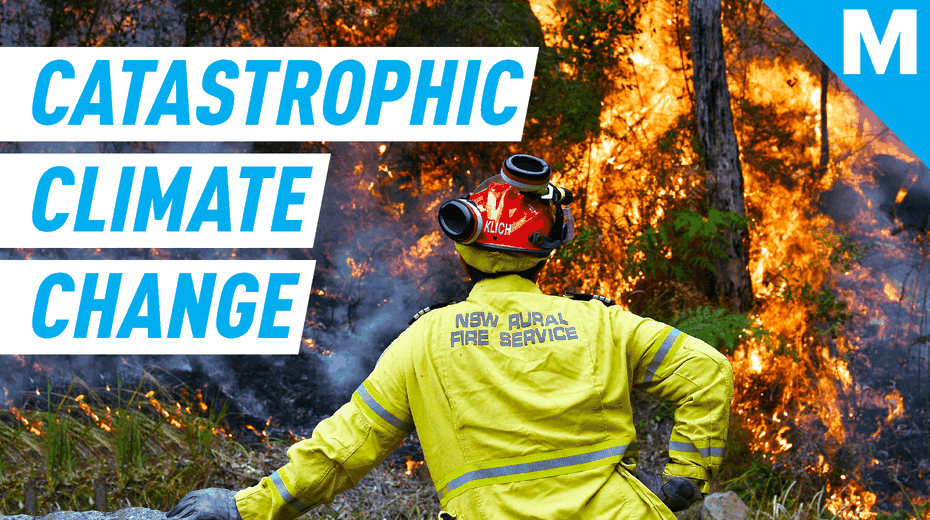Records will break.
A mid-June heat wave, lasting through the week’s end, is baking much of the Western U.S. A hot weather pattern amplified by a climate change-exacerbated drying trend has fueled the intense heat. Temperatures are expected to reach around 20 degrees Fahrenheit above average in some regions.
“This is an exceptional heat wave,” said Jeff Weber, a research meteorologist at the University Corporation for Atmospheric Research, an organization that facilitates and performs earth science. “There is some possibility for all-time record heat coming out of this.”
Many daily high-temperature records have already been broken and more such records will almost certainly break.
“This is an exceptional heat wave.”
This hot spell, with temperatures one might expect in July or August, is driven by an amplified pattern in the jet stream, a relatively narrow band of high altitude, powerful winds traveling some four to eight miles up in the atmosphere. Like a barrier, this band of westerly winds separates cooler northern air from warmer southern air. When the jet stream curves upward over a region like the Western U.S., it allows warmer air to come up with it. In this case, a “dome” of hot, dry air has pushed up over the West.
But this atmospheric pattern is also intensified by what’s happening on the ground. Much of the Southwest is mired in severe, extreme, or exceptional drought. It’s an acute drought, because of a lack of rain, on top of 20 years of dryness, due to a prolonged “megadrought” — the worst in at least 400 years — caused by the warming climate. “This is amplified drought on top of that [20-year] drought trend,” explained Weber.
The consequence is exceptionally parched soil. When the soil is wet, heat waves aren’t quite as intense because some of the sun’s energy goes to evaporating moisture from the ground. But when it’s dry, little of the sun’s searing heat goes towards evaporating moisture from the ground. Instead, solar energy directly heats the surface, relentlessly.
Demand for AC will be high. In Texas, the state’s energy grid operator asked Texans to conserve energy due to “potential record” electricity use combined with outages.
Models converging on pretty extreme heat event this coming week for much of the interior Southwest. Peak of heatwave in many areas will be Thu-Fri, when numerous daily records, many monthly records, & perhaps even a few all-time records will be threatened. #CAwx #AZwx #UTwx #NVwx pic.twitter.com/Xu3CfsG2iB
— Daniel Swain (@Weather_West) June 13, 2021
Heat waves are one of the clearest, more palpable ways that a warming climate impacts weather. Yes, heat spells are normal (as are cold spells), but a hotter climate makes normal heat waves more extreme. That’s why high-temperature records dominate low-temperature records today.
SEE ALSO: What Earth was like last time CO2 levels were this high
“One of the biggest ways climate change is affecting us is by loading the weather dice against us,” Katharine Hayhoe, a climate scientist and chief scientist for The Nature Conservancy, said in a statement. “Extreme weather events occur naturally; but on a warmer planet many of these events are getting bigger, stronger, and more damaging,” Hayhoe added, referencing other events too, like increased heavy precipitation during storms and flooding.
As the gif above shows, just a little bit of warming leads to boosted odds for exceptional or record heat.
“A barely noticeable shift in the mean temperature from global warming can end up turning a ‘once-per-decade’ heatwave into a ‘once-per-year heatwave’ pretty easily,” Patrick Brown, an assistant professor in the Department of Meteorology and Climate Science at San Jose State University, told Mashable in 2019 during a widespread heat spell over much of the U.S.
As the climate continues warming this decade and beyond (though by how much is up to humanity), Westerners can expect more unusual, record-breaking heat. Climate models, which predict how the climate will change based on how much carbon humans burn into the atmosphere, forecast an increasingly parched West.
“The models expect the Western U.S. to dry out and heat up,” said Weber. “This [heat wave] is perhaps a signal of what the future might look like.”
WATCH: Even the ‘optimistic’ climate change forecast is catastrophic

